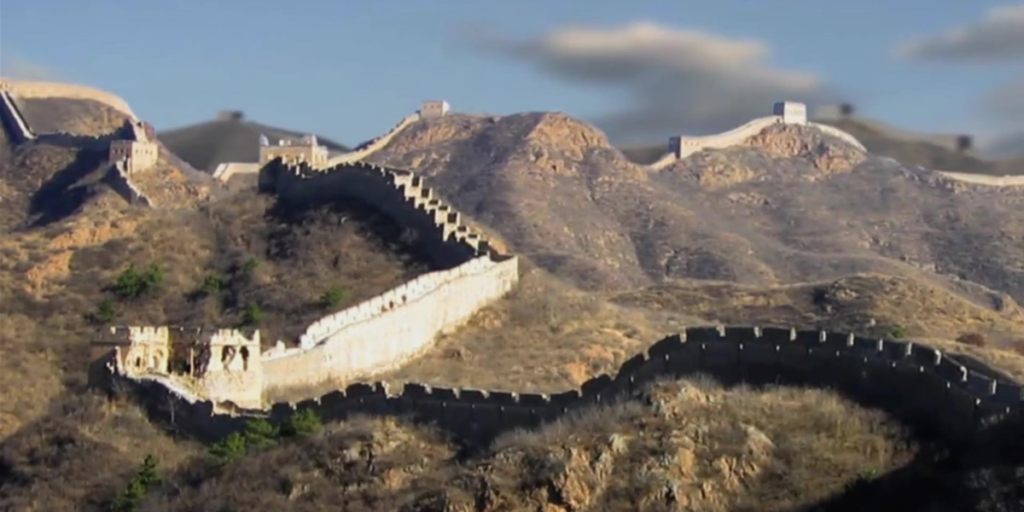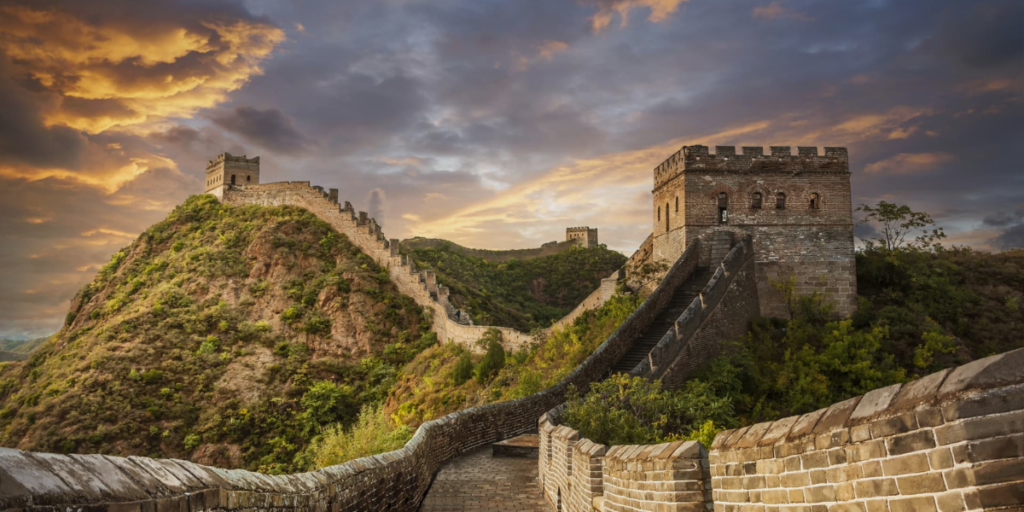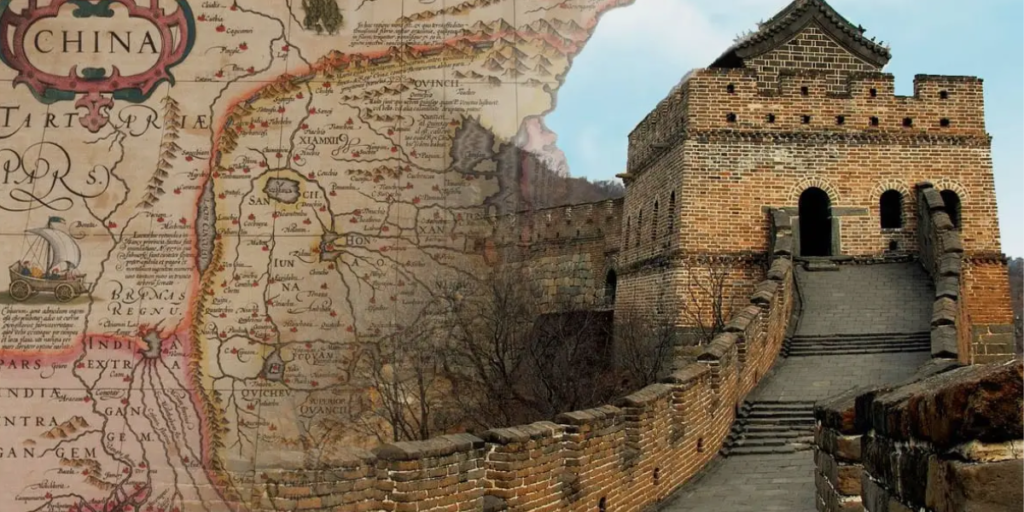The Great Wall of China, a symbol of the nation’s historical resilience and architectural prowess, stands as one of the most remarkable feats of human engineering. Spanning over 13,000 miles, this colossal structure traverses northern China, weaving through rugged mountains, sprawling deserts, and lush valleys. Its construction, spanning several dynasties and centuries, reflects the tumultuous history and cultural evolution of China. More than just a wall, it represents the collective effort, ingenuity, and determination of countless generations.
Historical Context and Construction
The origins of the Great Wall date back to the 7th century BC during the Warring States period. When individual states constructed defensive walls to protect against invasions. However, it was the first Emperor of China, Qin Shi Huang, who initiated the unification and expansion of these walls around 221 BC, envisioning a single, extensive barrier to ward off the nomadic tribes from the north. This early phase of construction saw the amalgamation of pre-existing walls and the establishment of new sections.
Subsequent dynasties, particularly the Han, Sui, Northern, and Jin, made significant contributions to the wall’s expansion. However, it was during the Ming Dynasty (1368-1644) that the Great Wall took on its current form. The Ming emperors, facing relentless invasions from Mongol and Manchu tribes, undertook massive reconstruction efforts, using advanced building techniques and materials like bricks and stone, which replaced the earlier rammed earth. This era’s enhancements are the most visible sections of the wall today.
Architectural Marvel
The Great Wall’s construction showcases remarkable engineering techniques adapted to diverse and challenging terrains. Built using local resources, its materials vary from tamped earth, wood, and bricks to stone and tiles. In the mountainous regions, workers utilized stone from the surrounding areas. While in the plains and deserts, they used earth and compacted gravel.
A typical section of the wall stands about 20 to 30 feet high and is approximately 15 to 20 feet wide at the base, tapering to around 10 to 15 feet at the top. The wall includes watchtowers, signal towers, and barracks, strategically placed to provide a line of sight for surveillance and communication across vast distances. These towers were crucial for early warning systems. Allowing messages to be relayed quickly through smoke signals, lanterns, and beacon fires.
Strategic and Cultural Significance
Beyond its physical grandeur, the Great Wall holds immense strategic and cultural significance. Militarily, it was designed to repel invasions and raids by nomadic tribes, thereby protecting the Chinese heartland. However, it was not an impregnable barrier; rather, it functioned as a formidable line of defense that deterred incursions and delayed enemy advances, buying time for Chinese forces to mobilize.
Culturally, the Great Wall symbolizes Chinese perseverance and unity. It represents the collective efforts of millions of laborers, including soldiers, peasants, and prisoners, who toiled under harsh conditions. Their sacrifices are immortalized in the wall’s stones, each telling a story of hardship and dedication. The Wall also served as a conduit for cultural exchange, facilitating trade along the Silk Road and influencing the development of Chinese civilization.
Modern-Day Significance and Preservation
Today, the Great Wall of China is a UNESCO World Heritage site and a major tourist attraction, drawing millions of visitors from around the globe. It serves as a poignant reminder of China’s historical depth and architectural ingenuity. However, the wall faces numerous challenges, including natural erosion, human vandalism, and damage from tourism.
Conservation efforts are ongoing to preserve this monumental structure. The Chinese government, along with international organizations, has implemented measures to protect and restore deteriorating sections of the wall. These efforts include reinforcing crumbling masonry, regulating tourism, and raising public awareness about the wall’s historical importance and the need for its preservation.
Conclusion:
The Great Wall of China stands as a testament to human endurance, strategic ingenuity, and the rich tapestry of Chinese history. It is a symbol of the nation’s enduring spirit, reflecting the indomitable will of the people who built and defended it. As we walk along its ancient paths, we not only traverse the remnants of a formidable military fortification but also embark on a journey through time. Appreciating the legacy of a civilization that continues to inspire awe and admiration across the globe.
This monumental structure, once a mighty bulwark against invaders, now unites people from all walks of life. Transcending its original purpose to become a universal symbol of human achievement. The Great Wall of China, in its vastness and historical grandeur, remains an enduring legacy of mankind’s quest for security, stability, and unity.





